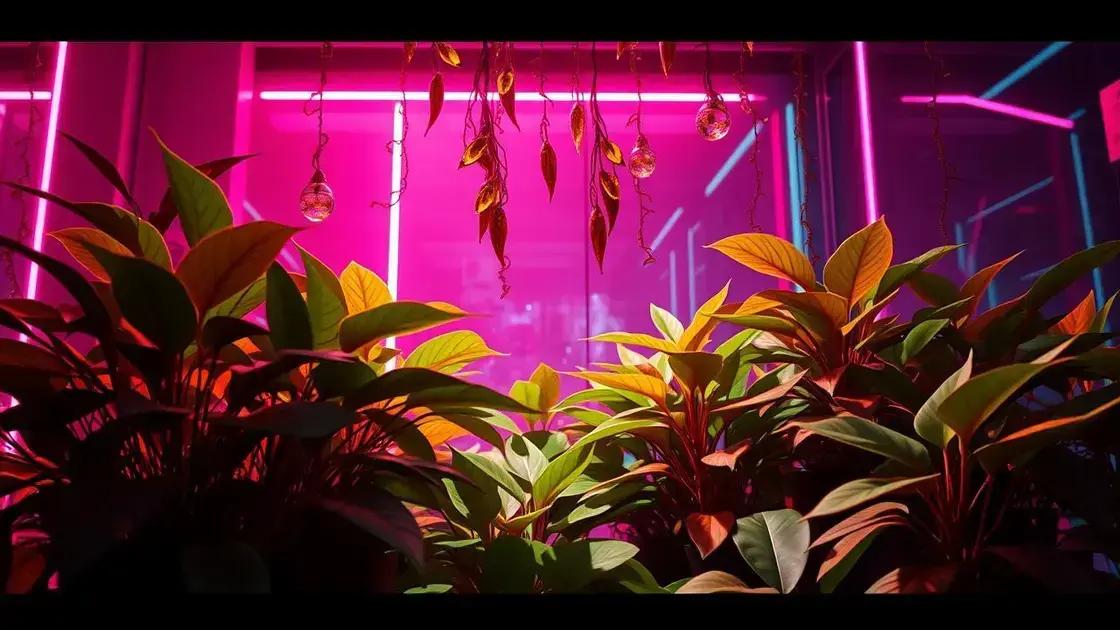How to Care for a Devil’s Ivy Plant: 5 Essential Tips for Success
How to care for a devil’s ivy plant is a question many new plant enthusiasts ask. With its trailing vines and lush green leaves, it’s no wonder that this indoor plant is a favorite. But just having the plant isn’t enough; understanding the best methods to nurture it is key. In this post, we’ll explore effective strategies for keeping your pothos vibrant and healthy.
Table of Contents
ToggleProper watering techniques for devil’s ivy
Proper watering techniques for devil’s ivy are essential for ensuring the health and vitality of your plant. These simple strategies will help you maintain the right moisture levels for your pothos, promoting lush growth and overall well-being.
Understanding when to water your devil’s ivy
- Check the top inch of soil; if it’s dry, it’s time for a drink.
- During warmer months, you may need to water every week, while in winter, every two weeks might be sufficient.
- Use a moisture meter for accurate soil readings if you’re unsure.
How much water does your devil’s ivy need?
- Water until it drains out of the bottom of the pot. This ensures all roots have access to moisture.
- Ensure not to let your plant sit in standing water, as this can lead to root rot.
When discussing how to care for a devil’s ivy plant, it’s important to consider the season. The plant may require more water during its growing season in spring and summer compared to the dormant winter months.
Signs your devil’s ivy needs water
- Leaves are droopy or yellowing.
- Soil feels very dry to the touch.
- Lower leaves falling off could indicate it’s thirsty.
Watering techniques
Here are some effective watering techniques to keep your devil’s ivy thriving:
| Technique | Benefits |
|---|---|
| Bottom watering | Encourages deep root growth, prevents fungal issues. |
| Using distilled water | Reduces risk of mineral buildup from tap water. |
Additionally, exploring indoor gardening techniques can help you gain a deeper understanding of plant hydration needs.
Practical tips for watering devil’s ivy
Integrate these practices to effectively care for your devil’s ivy:
- Use a pot with drainage holes to facilitate proper drainage.
- Consider the humidity of your home; higher humidity might reduce watering frequency.
- Observe the appearance of the leaves regularly; they’re a good indicator of your plant’s health.
In conclusion, knowing how to water properly is a fundamental aspect of how to care for a devil’s ivy plant. By following these guidelines, you can help your pothos thrive beautifully.
Optimal lighting conditions for pothos plants

Optimal lighting conditions for pothos plants are crucial for healthy growth and vibrant foliage. Understanding the light needs of your devil’s ivy will help ensure it thrives in its environment.
What type of light do pothos plants need?
- Pothos plants prefer bright, indirect sunlight but can tolerate low light conditions.
- Avoid direct sunlight, as this can scorch the leaves.
- Evaluate the light exposure throughout the day to ensure it receives the right amount of brightness.
Best locations for pothos light
- Near east or west-facing windows are ideal for providing the right indirect light.
- If placed in a low-light area, consider rotating the plant to encourage even growth towards available light.
- In darker spaces, consider supplemental grow lights to mimic natural sunlight.
Pothos plants excel in conditions that replicate their native tropical environments, where they often grow in the dappled light of trees. Ensuring optimal lighting conditions for pothos plants can significantly enhance their health and appearance.
Signs of inadequate lighting
- Leaves turning yellow or pale.
- Stunted growth or leggy stems reaching toward the light source.
- Falling leaves or poor foliage density.
Using artificial lighting
When natural light is insufficient, your pothos can thrive with the right artificial lighting:
| Type of Light | Suitable Use |
|---|---|
| Fluorescent bulbs | Great for low to moderate light environments, energy-efficient. |
| LED grow lights | Durable and energy-efficient, ideal for low light conditions. |
For more insights, consider exploring indoor gardening techniques that enhance your plant care knowledge.
Tips for adjusting lighting for pothos
- Observe your plant weekly to adjust its position based on its light needs.
- Clean leaves regularly to maximize light absorption.
- Consider the season; adjust positioning as daylight hours change.
Knowing how to provide optimal lighting conditions for pothos plants is key to maintaining a lush, beautiful indoor garden. With careful observation and minor adjustments, your devil’s ivy will flourish abundantly.
Common pests and solutions in devil’s ivy care
Common pests and solutions in devil’s ivy care are essential for maintaining a healthy plant. Identifying these pests early will help protect your pothos from potential damage.
Identifying common pests on devil’s ivy
- Spider mites: Tiny and barely visible, look for webbing or spots on leaves.
- Mealybugs: White, fluffy masses found in leaf axils and stems.
- Aphids: Small insects that can be green, black, or brown; they cluster on new growth.
Signs of pest infestation
- Discoloration or wilting leaves.
- Sticky residue on leaves, known as honeydew, caused by sap-sucking insects.
- Visible pests on the foliage or soil.
Being vigilant about common pests and solutions in devil’s ivy care is vital, as these issues can escalate quickly if left unaddressed. Regular inspection will help ensure your plant remains robust and healthy.
Effective solutions for pest control
- Insecticidal soap: Safe and effective for dealing with soft-bodied insects like aphids and mealybugs.
- Neem oil: A natural pesticide that disrupts the life cycle of pests.
- Manual removal: For visible pests, gently wipe them off with a damp cloth or rinse under a gentle stream of water.
Preventing pest issues
Here are some practices to prevent pests from affecting your devil’s ivy:
| Prevention Method | Description |
|---|---|
| Maintain proper humidity | Keep the humidity levels high to discourage pests that prefer dry conditions. |
| Regular cleaning | Wipe leaves to remove dust and potential egg masses. |
For further insights into keeping your indoor plants healthy, check out exploring indoor gardening techniques.
Regular monitoring practices
- Inspect your devil’s ivy weekly for signs of pest activity.
- Rotate the plant periodically to ensure all sides receive even light exposure.
- Keep the growing environment clean and clutter-free.
Being aware of common pests and implementing effective solutions in devil’s ivy care will greatly contribute to the overall health of your plant. Stay proactive in your plant maintenance routine for a thriving indoor garden.
In conclusion
How to care for a devil’s ivy plant encompasses several key aspects, including proper watering techniques, optimal lighting conditions, and vigilance against common pests. By understanding your pothos needs and implementing effective care strategies, you’ll be rewarded with a lush, thriving indoor plant.
Whether you’re troubleshooting pests or ensuring your plant receives just the right amount of light, proactive care is crucial. For additional resources and tips on enhancing your indoor garden, consider exploring various plant care guides available online.

